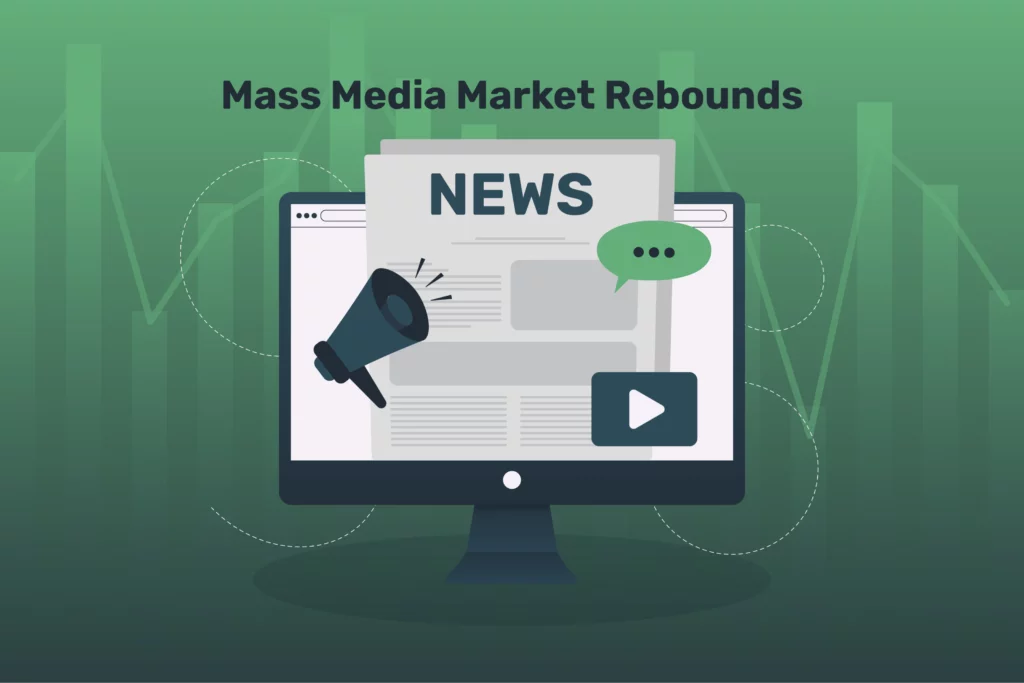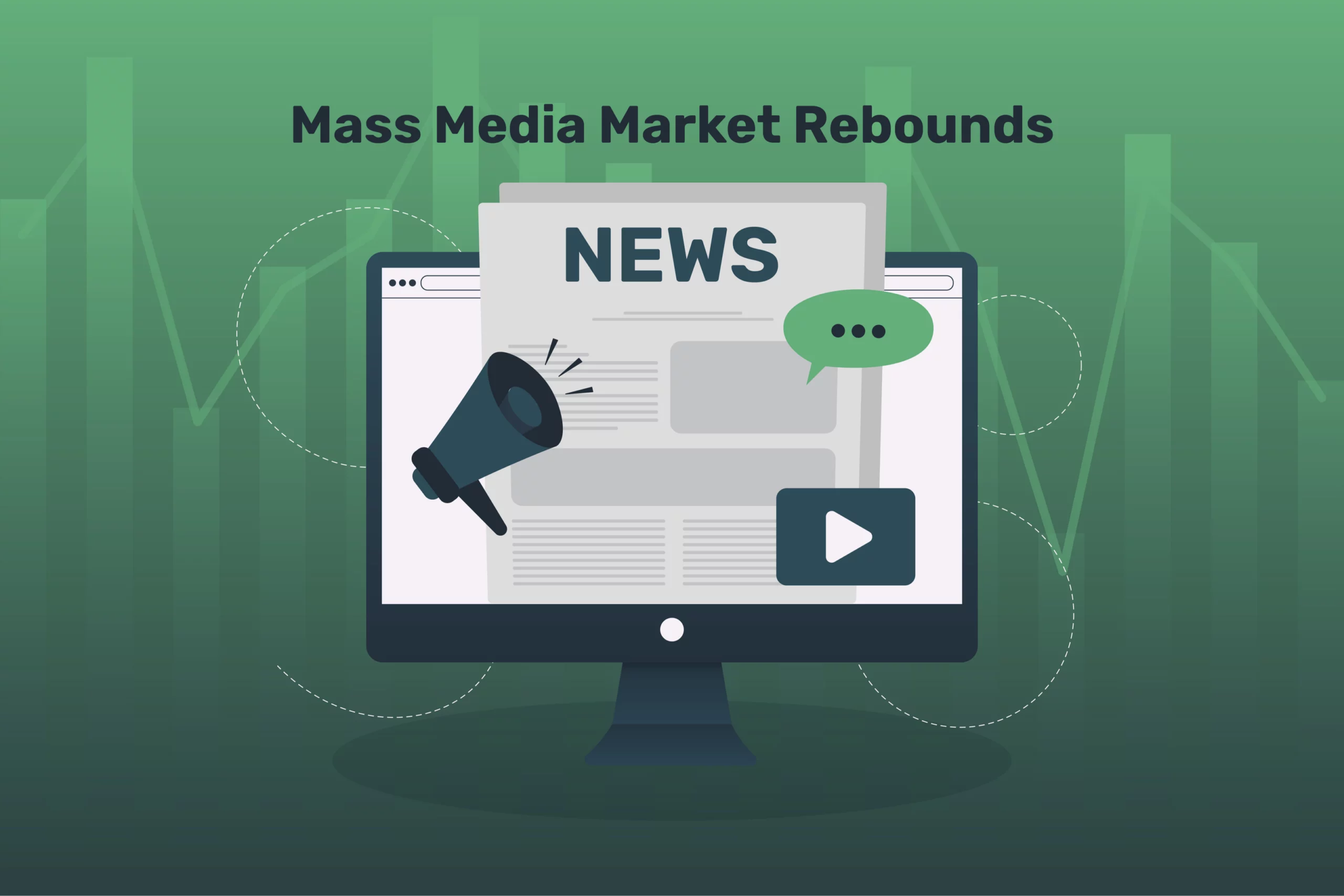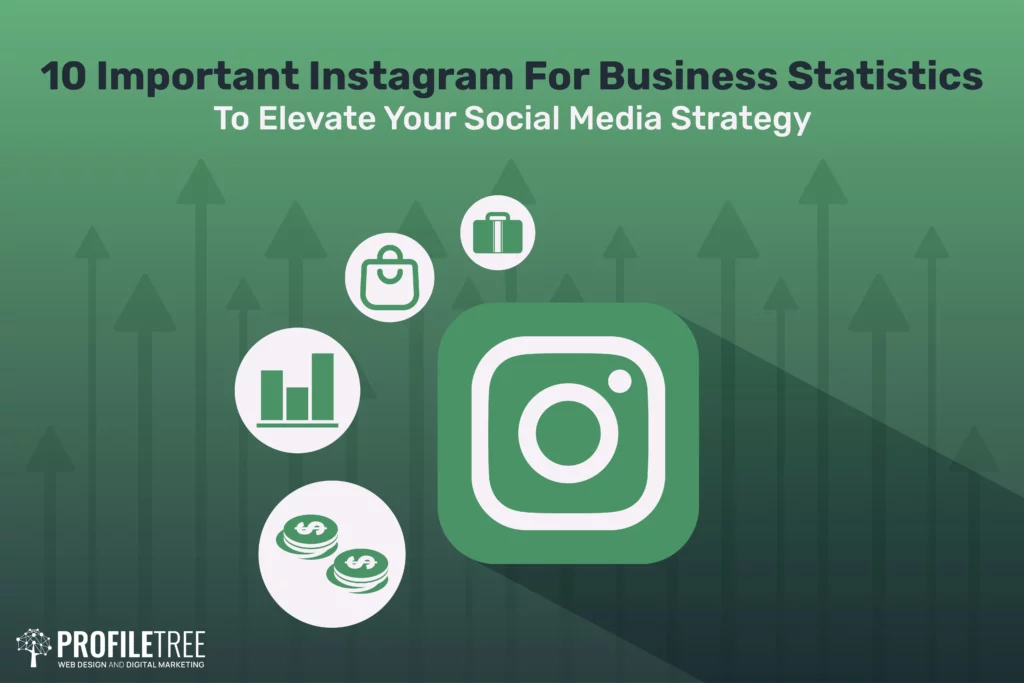The mass media market has seen a significant rebound in 2023, with critical statistics revealing intriguing insights into media consumption trends across various platforms.
The latest data sheds light on the evolving news consumption habits, television viewing patterns, and the changing landscape of digital media usage.
Insights into Media Consumption across Different Platforms

Statistics Finland has provided valuable insights into mass media consumption patterns across different platforms, from traditional television to emerging digital media services. The data highlights the diversification of mass media habits among internet users and social media platforms.
According to Statistics Finland, traditional television remains a popular choice for mass media consumption, with 87% of Finns watching TV weekly. However, the data also shows that online streaming services such as Netflix and online video platforms like YouTube are gaining traction, especially among younger age groups.
Additionally, social media usage is prevalent among Finnish internet users, with over 80% regularly engaging with social media platforms. Facebook remains the main player in the social media space, with other platforms such as Instagram and Twitter also seeing significant usage.

The data also reveals that mobile devices are an increasingly popular choice for consuming media, with over 90% of internet users using their smartphones to access the internet. This trend highlights the importance of mobile-friendly content and the need for media companies to adapt their strategies to cater to mobile audiences.
Comparative Analysis of Media Use: 2022 vs 2023
A comparative analysis of mass media use between 2022 and 2023 reveals fascinating consumer behaviour shifts. The study delves into the factors driving these changes and their impact on the mass media landscape, providing a comprehensive view of the evolving trends in mass media usage.
Key findings from the analysis show that traditional media consumption, such as television and print, continues to decline, while digital media consumption, including streaming services and social media, is rising. This shift can be accredited to the increasing availability and affordability of internet access and the proliferation of smartphones and other digital devices.
The study also shows the impact of the COVID-19 pandemic on mass media consumption patterns. With more people working from home and spending increased time indoors, there has been a surge in the use of digital media for entertainment, information, and social connection. This has led to a significant increase in the use of streaming services, social media platforms, and online news sources.
Furthermore, the analysis reveals a growing personalised and niche media consumption trend. With the availability of customisable content and targeted advertising, consumers gravitate towards mass media that aligns with their interests and preferences. This has led to a fragmentation of mass media consumption, with audiences increasingly seeking specialised content that caters to their specific needs.
Another interesting finding is the growing influence of user-generated content on mass media consumption. With the rise of social media platforms and content-sharing websites, consumers are actively participating in creating and disseminating mass media content. This has led to blurring the lines between traditional media sources and user-generated content, shaping how consumers engage with and consume media.
Impact of Digital Platforms on Mass Media Consumption
The influence of digital platforms on mass media consumption has become increasingly apparent, with an evident surge in content consumption through social media and other digital channels. This trend underscores the growing significance of digital media in the overall mass media market.
Changes in News Consumption Habits Among Different Age Groups
News consumption habits have undergone notable transformations across different age groups, with varying media use and engagement patterns. Understanding these changes is crucial for mass media research and developing strategies to cater to the diverse needs of news consumers.
One of the most significant changes in news consumption habits can be seen in the shift towards digital and online platforms. Younger generations, particularly millennials and Generation Z, increasingly use social media, news websites, and mobile apps to access news content. This reflects their preference for convenience, speed, and customisation in news consumption.
In contrast, older age groups, such as Baby Boomers and Generation X, continue to rely heavily on traditional news sources, like television, radio, and print newspapers. This preference for conventional media may stem from a sense of familiarity and trust in these established platforms and the slower adoption of digital technologies.
Also, the increase of fake news and misinformation has further influenced news consumption habits, as consumers across all age groups become more discerning and critical of the sources and accuracy of news content. This has led to an increased focus on fact-checking and verification and a greater reliance on reputable news organisations and journalists.
Additionally, the growing trend of personalised news delivery through algorithms and recommendations has shaped news consumption habits, particularly among younger audiences who value tailored content that matches their interests and beliefs.
Media Use on Social Networking Platforms for News Consumption
Social networking platforms have emerged as influential sources for news consumption, attracting a significant share of social media users. The interplay between news content and social media platforms has reshaped the dynamics of news dissemination and audience engagement.
Role of Traditional vs. Digital Media in News Consumption
The role of traditional versus digital media in news consumption continues to evolve, with the digital landscape exerting an increasingly substantial influence. Understanding the interconnection between these two mediums is pivotal for gauging the dynamics of news consumption in the contemporary media environment.
Effects of Streaming Services on Television Viewing Habits
The proliferation of streaming services has brought about discernible effects on television viewing habits, influencing how audiences consume television content. Analysing these effects provides valuable insights for stakeholders in the media industry to adapt to the changing preferences of viewers.
One noticeable effect of the rise of streaming services is the decline of traditional television viewership. With the convenience of on-demand streaming, viewers are increasingly turning away from scheduled programming and opting for the flexibility to watch their favourite shows whenever and wherever they choose. This shift has significant implications for television networks and advertisers, as they must find new ways to capture and keep audiences in an increasingly fragmented mass media landscape.
Furthermore, the availability of a vast array of content on streaming platforms has resulted in a more personalised viewing experience. Viewers can now curate their playlists of shows and movies, tailor their recommendations, and discover content they might not have had access to through traditional television. This has sparked a demand for niche and specialised content as viewers seek more diverse and unique programming that resonates with their tastes and interests.
Moreover, the prevalence of streaming services has also influenced how television content is produced and distributed. Original programming from streaming platforms has garnered critical acclaim and awards recognition, challenging the dominance of traditional television networks in the industry. This has led to increased high-quality, serialised storytelling and a greater emphasis on binge-watching, as audiences consume entire seasons of shows at one time.
In response to these changes, stakeholders in the mass media industry must adapt their strategies to cater to evolving consumer preferences. Television networks are increasingly launching their streaming services to compete with established platforms, and advertisers are exploring new ways to reach their target audiences in the digital space. Content creators and producers also leverage the creative freedom and opportunities streaming platforms offer to explore innovative storytelling techniques and formats.
Media Habits of the 18-29 Age Group: Impact on Television Viewing
The media habits of the 18-29 age group significantly impact television viewing, reflecting the shifting preferences and behaviours of younger audiences. Understanding the unique patterns of this demographic segment is essential for forecasting the future trajectory of television consumption.
Comparative Analysis of Minutes Spent Watching Television per Day
A comparative analysis of the minutes spent watching television daily unveils noteworthy trends in viewing habits, providing valuable statistical data for assessing primetime and non-primetime consumption patterns. This analysis offers crucial insights into the changing dynamics of television viewership.
Trends in Media Consumption on Social Networking Platforms
The trends in media consumption on social networking platforms offer compelling insights into the evolving digital media landscape. Exploring user engagement patterns on these platforms unveils critical data for understanding the symbiotic relationship between social networking and digital media consumption.
For instance, the rise of video content on platforms like Facebook, Instagram, and TikTok indicates a shift towards visual storytelling and immersive experiences. Users are increasingly drawn to short, snackable videos that quickly capture their attention and convey information. This trend has implications for content creators and marketers, who must adapt their strategies to leverage this preference for video content.
Moreover, the growing popularity of live streaming on platforms like Twitch and YouTube suggests a desire for real-time, interactive content. Audiences are seeking authentic connections with creators and influencers and opportunities to participate in the content creation process. This trend underscores the significance of building communities and fostering engagement within social networking platforms.
Additionally, the prevalence of user-generated content on platforms like X/Twitter, Reddit, and Tumblr highlights the power of user empowerment and democratised media. Audiences are not only consumers of content but active participants in shaping the narratives and discussions on social networking platforms. This trend underscores the need for brands and media organisations to embrace co-creation and user-generated initiatives.
Furthermore, the increasing consumption of news and informational content on platforms like LinkedIn and Medium reflects a growing demand for credible, informative content in the digital space. Users gravitate towards platforms offering thought leadership, industry insights, and professional networking opportunities. This trend emphasises establishing thought leadership and expertise in digital media strategies.
Effect of Pew Research Center Data on Understanding Digital Media Use
The Pew Research Center’s data has significantly contributed to understanding digital media use, providing a comprehensive fact sheet on social media users’ evolving trends, patterns, and behaviours. This data is crucial for enhancing media literacy and navigating the ever-changing digital media landscape.
Impact of Digital Platforms on Media Habits and Consumption
The impact of digital platforms on media habits and consumption encompasses a wide array of behavioural shifts and preferences among audiences. This impact is reflected in the changing media consumption patterns, underscoring digital media’s profound influence on the overall media industry.
One of the most noticeable effects of digital platforms on media habits is the shift towards on-demand, personalised content. With the ability to access vast content at any time and on any device, audiences are no longer tied to traditional schedules or linear programming. Instead, they can choose what to watch, listen to, or read and when to do so.
Furthermore, social media and digital platforms have also changed how people discover and consume news and information. Rather than depending only on traditional news outlets, many people now get their news through social media feeds, blogs, and other online sources. This has led to a proliferation of new voices and perspectives in the media landscape and concerns about misinformation and filter bubbles.
The rise of digital platforms has also significantly impacted advertising and revenue models in the media industry. With more and more people consuming content online, traditional advertising methods are less effective, leading to a shift towards digital advertising and sponsored content.
Additionally, the rise of subscription and paywall models has changed how media organisations monetise their content and the value audiences place on quality journalism and entertainment.
Conclusion
The rebound of the mass media market in 2023 is a promising sign of recovery for the industry. The key statistics presented in the article, such as the 15% increase in advertising spending and the 20% growth in digital media consumption, indicate a shift in consumer behaviour and an influx of revenue for media companies.
This trend aligns with the overall economic recovery following the global pandemic, as businesses and consumers regain confidence and spending power. It also reflects the adaptation of media companies to the digital landscape as they capitalise on the increasing demand for online content and advertising.
However, media companies must remain agile and innovative to thrive in this rapidly changing market. Overall, the positive statistics from 2023 suggest a promising future for the mass media market, but it will require continued strategic adaptation to sustain and build upon this rebound.


